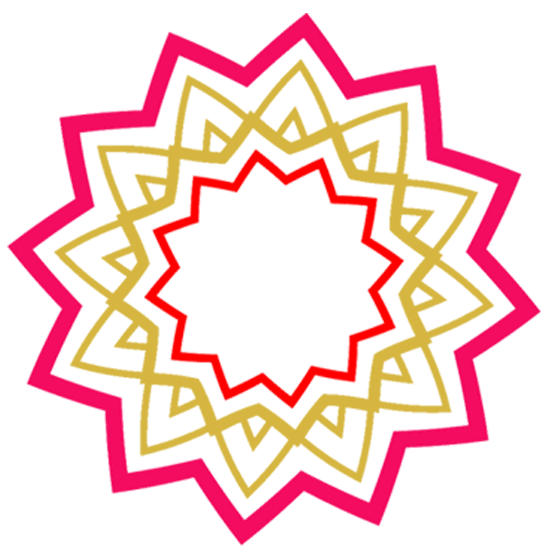If you want to succeed with your business, you need to ask your customer what you can do for them. NOT what your product can do for them.
You need to sell benefits, not features. If you own your business, if you’re using any kind of writing, copywriting, or marketing, you would’ve heard the phrase sell benefits, not features.
If you’re focusing on your product or service’s benefits for your audience or customer, you’re actually doing it really horribly wrong.
Why would you sell a product that has loads of features that people don’t actually want?
The bottom line is benefit sell. Features don’t. If you want to sell something, your marketing messages should focus on the benefits of your product and not on the features.

The reason why features don’t sell is because your customer really doesn’t care. They might look at a list of features to compare what you are selling them to what somebody else is selling them that is similar. But that’s not what makes them buy.
In fact, (shock horror), your customer doesn’t even care that much about the product itself they’re buying! They don’t want it because it’s cool, or it’s the latest model. In fact, they don’t even want to own it. They actually want it because it helps them accomplish something. It helps them fulfill a task or result. What does that mean? It means the product you are offering is the means to the end.
So you might be wondering why their is a photo of a leggy brunette in front of a fancy car? Well, case in point. The features of the car are that it’s fast, and aerodynamic and pretty nice to look at. The subliminal benefit being focused on in this photo? You could have a woman like this on your arm if you owned it! Which makes you damn fine and sexy in your eyes!
Why Focus on Benefits Not Features?
Your customer or client is asking: ‘what’s in it for me?’ This is why you need to put yourself in their shoes. You need to think about that when you are looking at every feature you are selling.
It needs to be the first and foremost thought in your brain when looking at the MVP (minimum viable product). Are you offering them a really lovely feature they don’t actually need?
Your business depends on how your product or service can make your customer’s life better. How it can make their life more convenient and more productive.
Examples of Benefits Instead of Features
Theodore Levitt, a Harvard business school professor, summed it up with this: “People don’t want to buy 1/4 inch drill. They want a 1/4 inch hole.”
Here are some other examples.
*People don’t want to buy a cookbook, they want to have their friends over for a nice dinner and have a good time.
*You don’t want to buy a light. The light is so you can read at night.
This is why benefits sell and features don’t.
Here’s another example:
Let’s say that you are looking to go on a healthy eating regime, and you looking online for a good weight loss book.
Look at these two examples:
Book 1:
*156 pages of pure content
*Images and illustrations
*Multiple eating plans
*Accompanying exercises
Book 2:
*Start losing weight in the next 60 minutes
*Melts away your abdominal fat with these 20 exercises
*Discover how to lose 4 pounds every week
*Tone your muscles while losing all your fat
Now, which would you be more likely to purchase? I would hazard a guess that is the second one. Because it tells you what the benefits are you getting from the book, not the features.
Here are five ways you can make sure you hone in on the benefits rather than your product or service features.
5 Ways To Focus On Benefits Not Features
Engage With Your Audience
Yes, here we are again. It’s that voice of customer data. And that research. It’s that old chestnut that you will have seen me mention time and time again in my blog posts.
If you speak to your audience or even people in your proposed audience, you need to identify their problems. So you know what their pain points are. You need to know what and how your product will improve their everyday personal and professional lives.
You can do this through market research. And then you start to speak your audience in their love language.
Be Emotional
There are actually six emotions that make your customer buy:
*Greed
*Fear
*Altruism
*Envy
*Pride
*Shame
If you harness these emotions, you’re going to be onto a winner. Now I suggest that you don’t harness the negative emotions – envy, fear, shame and greed. Unless, of course, you’re funny!
You want to inspire joy and happiness with your product or service in your customer. And you’re going to be making an emotional connection with them that can last a lifetime and make them a fan of your brand.
Turn your Features into Benefits
Features can actually be turned into a benefit – you just need to tell your audience how it can be a benefit. Your features can actually play a starring role if you turn them on the head.
So as we look to in the example above, one of the features was the fact that there were lots of different exercises to choose from. However, when you flip your feature and turn it into a benefit: how the exercise will help melt fat fast, it makes a connection.
You just need to tell your audience that a particular feature will benefit them in a certain way in the short term or the long run. Your feature is a proof point and it gives you credibility.
Features And Benefits Don’t Coexist in Harmony
Of course, the features of your product or service are essential to you. But for your client or customer, this isn’t the case. However, they can coexist as Paul McCartney sang: “like ebony and ivory, live together in perfect harmony.”
In fact, if you get the perfect marriage, that’s when you’ll start seeing significant changes in your sales. Your customers will love you, and you’ll get people clamoring to be fans of your brand.
Look at your features as a secret weapon. They are based on logic. However, if you use the correct narrative, you can stimulate your customer senses and emotions by demonstrating their benefit.
If you liked this blog post, then check out my other blog post on How To Make Your Brand Resonate With Your Audience. You can read it by clicking on the link here now.



Recent Comments